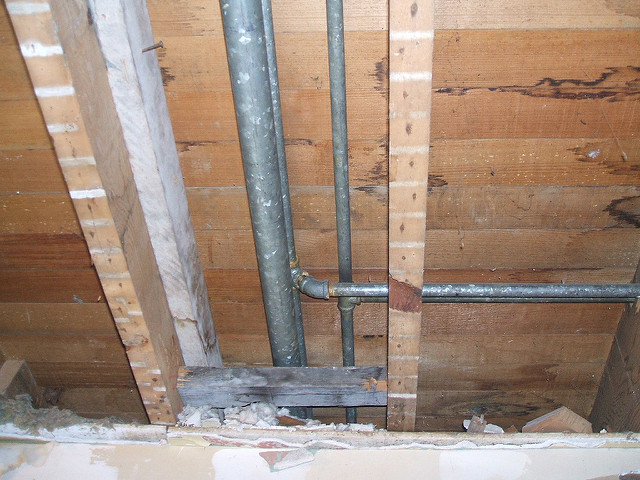Overview To Water Leak Detection At Home
Overview To Water Leak Detection At Home
Blog Article
Just how do you feel in relation to Detecting hidden plumbing leaks?

Early discovery of dripping water lines can mitigate a possible catastrophe. Some tiny water leakages may not be visible.
1. Check Out the Water Meter
Every house has a water meter. Checking it is a surefire way that helps you find leakages. For beginners, switch off all the water resources. Guarantee no person will certainly purge, utilize the faucet, shower, run the washing device or dish washer. From there, most likely to the meter and watch if it will change. Because nobody is utilizing it, there must be no activities. If it moves, that suggests a fast-moving leakage. Furthermore, if you detect no changes, wait an hour or two as well as examine back once more. This implies you may have a slow-moving leakage that can even be below ground.
2. Inspect Water Intake
If you find abrupt modifications, despite your intake being the same, it suggests that you have leaks in your plumbing system. An abrupt spike in your expense shows a fast-moving leak.
A consistent rise every month, even with the exact same practices, reveals you have a sluggish leak that's also slowly intensifying. Call a plumber to thoroughly inspect your residential property, especially if you really feel a cozy area on your flooring with piping below.
3. Do a Food Coloring Examination
When it comes to water intake, 30% comes from toilets. If the color somehow infiltrates your bowl throughout that time without flushing, there's a leak between the tank and bowl.
4. Asses Exterior Lines
Do not neglect to inspect your outdoor water lines too. Needs to water permeate out of the connection, you have a loose rubber gasket. One tiny leakage can lose bunches of water as well as surge your water bill.
5. Examine the circumstance and inspect
Home owners must make it a practice to check under the sink counters and also even inside closets for any type of bad odor or mold and mildew growth. These 2 warnings suggest a leak so punctual interest is called for. Doing regular evaluations, also bi-annually, can save you from a significant issue.
If you understand your residence is already old, maintain a watchful eye on your heating systems, hose pipes, pipelines and so on. Check for stainings and deteriorating as many pipelines and devices have a life expectancy. They will certainly additionally normally weaken as a result of tear as well as put on. If you think dripping water lines in your plumbing system, don't wait on it to rise. Call a professional plumber immediately so you do not wind up with a terrible mess in your house.
Early detection of leaking water lines can mitigate a possible calamity. Some tiny water leaks may not be noticeable. Examining it is a proven way that helps you discover leaks. One tiny leakage can lose loads of water and also surge your water costs.
If you think leaking water lines in your plumbing system, don't wait for it to intensify.
WARNING SIGNS OF WATER LEAKAGE BEHIND THE WALL
PERSISTENT MUSTY ODORS
As water slowly drips from a leaky pipe inside the wall, flooring and sheetrock stay damp and develop an odor similar to wet cardboard. It generates a musty smell that can help you find hidden leaks.
MOLD IN UNUSUAL AREAS
Mold usually grows in wet areas like kitchens, baths and laundry rooms. If you spot the stuff on walls or baseboards in other rooms of the house, it’s a good indicator of undetected water leaks.
STAINS THAT GROW
When mold thrives around a leaky pipe, it sometimes takes hold on the inside surface of the affected wall. A growing stain on otherwise clean sheetrock is often your sign of a hidden plumbing problem.
PEELING OR BUBBLING WALLPAPER / PAINT
This clue is easy to miss in rooms that don’t get much use. When you see wallpaper separating along seams or paint bubbling or flaking off the wall, blame sheetrock that stays wet because of an undetected leak.
BUCKLED CEILINGS AND STAINED FLOORS
If ceilings or floors in bathrooms, kitchens or laundry areas develop structural problems, don’t rule out constant damp inside the walls. Wet sheetrock can affect adjacent framing, flooring and ceilings.
https://www.servicemasterbyzaba.com/blog/how-to-detect-water-leakage-in-walls/

I'm certainly very involved in Hacks to detect leaks and I'm hoping you appreciated the entire piece. Liked our posting? Please share it. Let other people find it. I thank you for reading our article about Leaking water lines.
Report this page